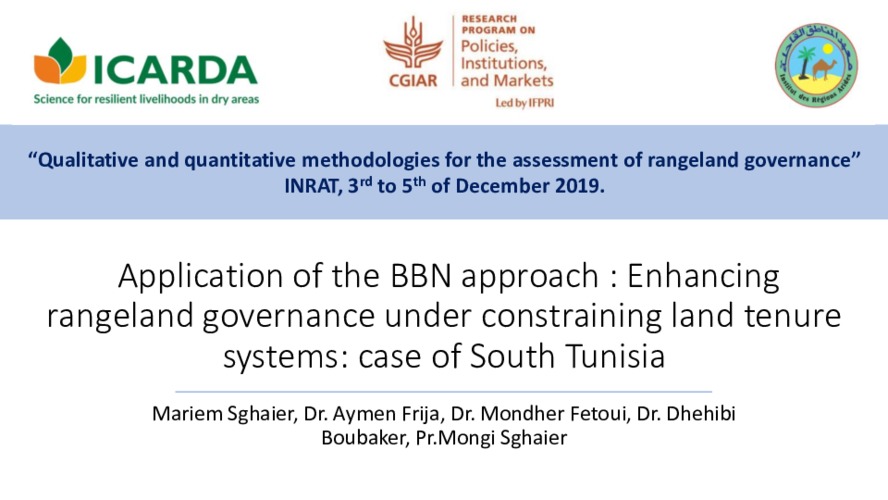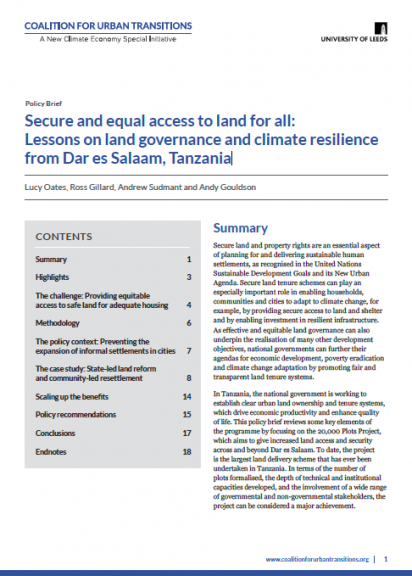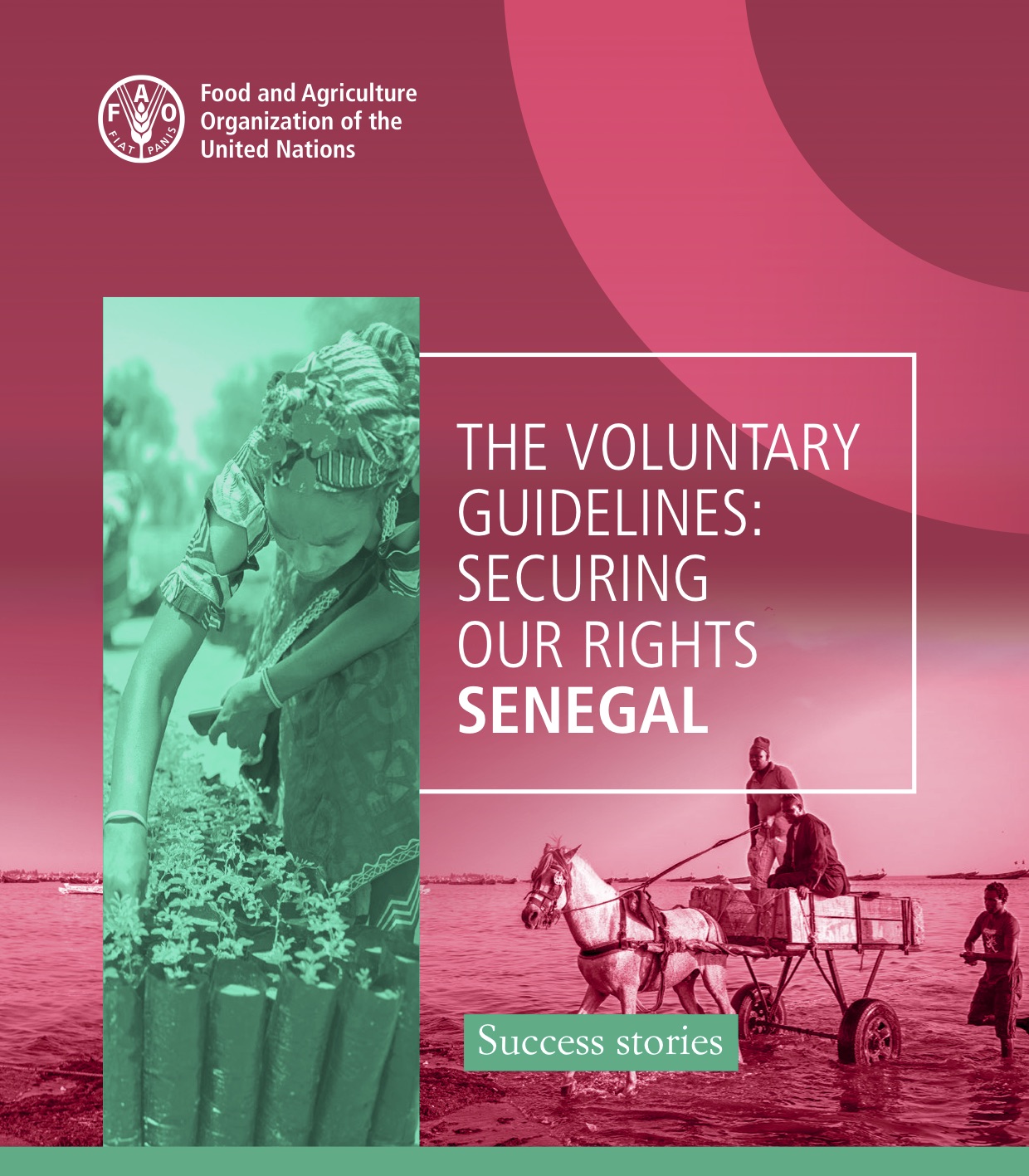Application of the BBN approach: Enhancing rangeland governance under constraining land tenure systems: case of South Tunisia
The presentation discusses the application of the Bayesian Belief Network (BBN) approach to enhance rangeland governance under constraining land tenure systems in the South of Tunisia.




